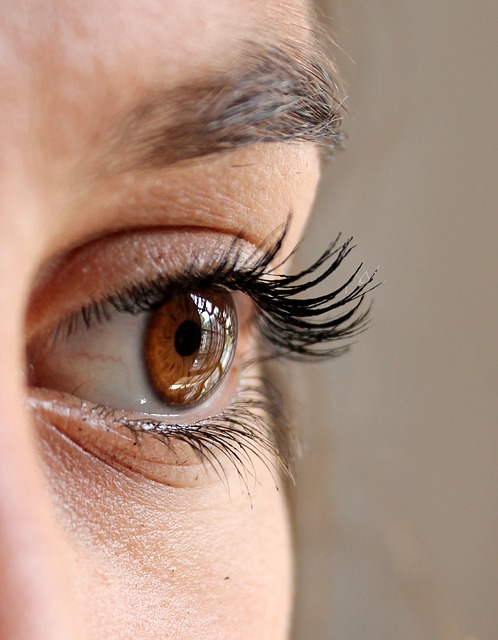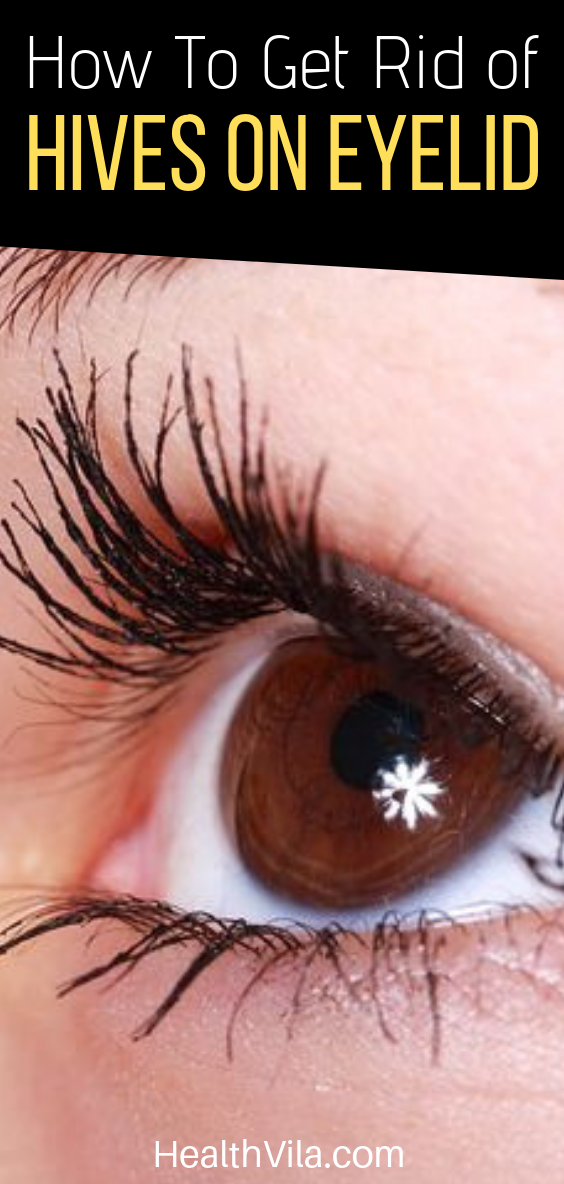 Devastating, isn’t it?
Devastating, isn’t it?
You have hives on eyelid, and it is starting to swell.
The itchy hives have begun to spread around and under your eyes, with the rashes are getting worse through the days that they have been there.
You feel embarrassed to walk around, whilst trying to hide your face from the crowd doesn’t make anything go away.
So what should you do to get rid of these unsightly skin hives?
What Can Cause Hives on Eyelids and Around the Eyes?
If your hives are specifically on eyelids or around the eyes only, the probable causes include:
- You could possibly be allergic to something that you have applied around your eyes, with allergic reactions caused by direct contact with certain allergens. Women in particular may experience this problem due to allergic reactions to preservatives in eye products and makeup – such as eye creams, eyeliner or eye pencils, mascara, and other cosmetics.
- Your fingers may have contacted something (that you are allergic to) then touched around your eyes and eyelids area. For examples, you may have rubbed your eyes with fingers coated with nail polish containing chemicals that triggered the hives spot, or you peeled an orange (containing citric acid and other common acids found in citrus fruits) then touched your eye area afterwards.
- Your eyelids and eyes area may have caught dust, pollen or other particles that can sometimes cause localized hives.
- Triggered by other common causes of hives, such as food, insect bite, medications, stress, alcohol, or thyroid disease.
Recommended Read: Diet for Hives (Urticaria) – Foods to AVOID and Best Food to Eat
How To Treat Itchy Hives Around Your Eyes Area?
#1. Take oral antihistamine medication available over the counter, up to every 6 hours if necessary, to help relieve the hives symptoms. These OTC drugs include Benadryl, Claritin, Zantec, and Zyrtec – as shown below.
#2. Avoid using cosmetics and even nail polish if you have eyelid rash. Consider cosmetic series patch testing if your hives symptoms recur after using such products. If it is the confirmed cause that triggered your hives, then you know what to avoid in future.
#3. You can try cold compress as a home remedy for dealing with swelling or inflammation.
#4. Complementary natural care for hives (Urticaria), such as the Biogetica Deliverance Kit with proprietary formula that combines Homeopathic remedies and Advanced Ayurvedic herbs – that provides a holistic solution to address skin hives.
#5. See doctor or dermatologist to diagnose your allergic reactions to determine the actual cause, for appropriate therapy to be instituted. Check out the insights shared by Dr. Robert Overholt in video below, including your role in identifying the cause that triggered your hives.
#6. Seek medical help immediately if you have any of the following symptoms, with epipen (epinephrine) may be needed:
- Throat swelling or facial swelling.
- Breathing problems or wheezing.
- Vomiting or diarrhea.
- Feeling dizzy or lightheaded.
If Swelling Around Eyes – Is it Hives or Angioedema?
When you have swelling around eyes, one of the challenges is to determine if it is due to hives, Angioedema, or other allergic causes.
Hives are a surface swelling, with skin-colored or red welts that develop on the surface of skin.
Angioedema is a swelling reaction similar to hives, but the sudden swelling affects deeper layers of your skin instead of on the surface. It most commonly appears around your eyes or lips, and it can be caused by allergic reactions or medications with symptoms such as:
- Severe swelling and redness around the eyes.
- Welts that are large, thick, and firm.
- Pain or warmth in the affected areas.
- Stomach cramps.
- Breathing difficulty.
- Chemosis (swelling of the lining of the eyes).
Angioedema and hives can occur separately or at the same time, and it is possible to have angioedema without hives.
Since Angioedema can be mistaken for or associated with hives, while severe angioedema can cause difficulty breathing with swelling throat or tongue that needs to be taken seriously –
It is recommended to seek medical consultation for professional diagnosis if you encounter such symptoms. A doctor or allergist can diagnose and treat both hives and angioedema.
Learn more about Urticaria (hives) vs Angioedema on in video below.
